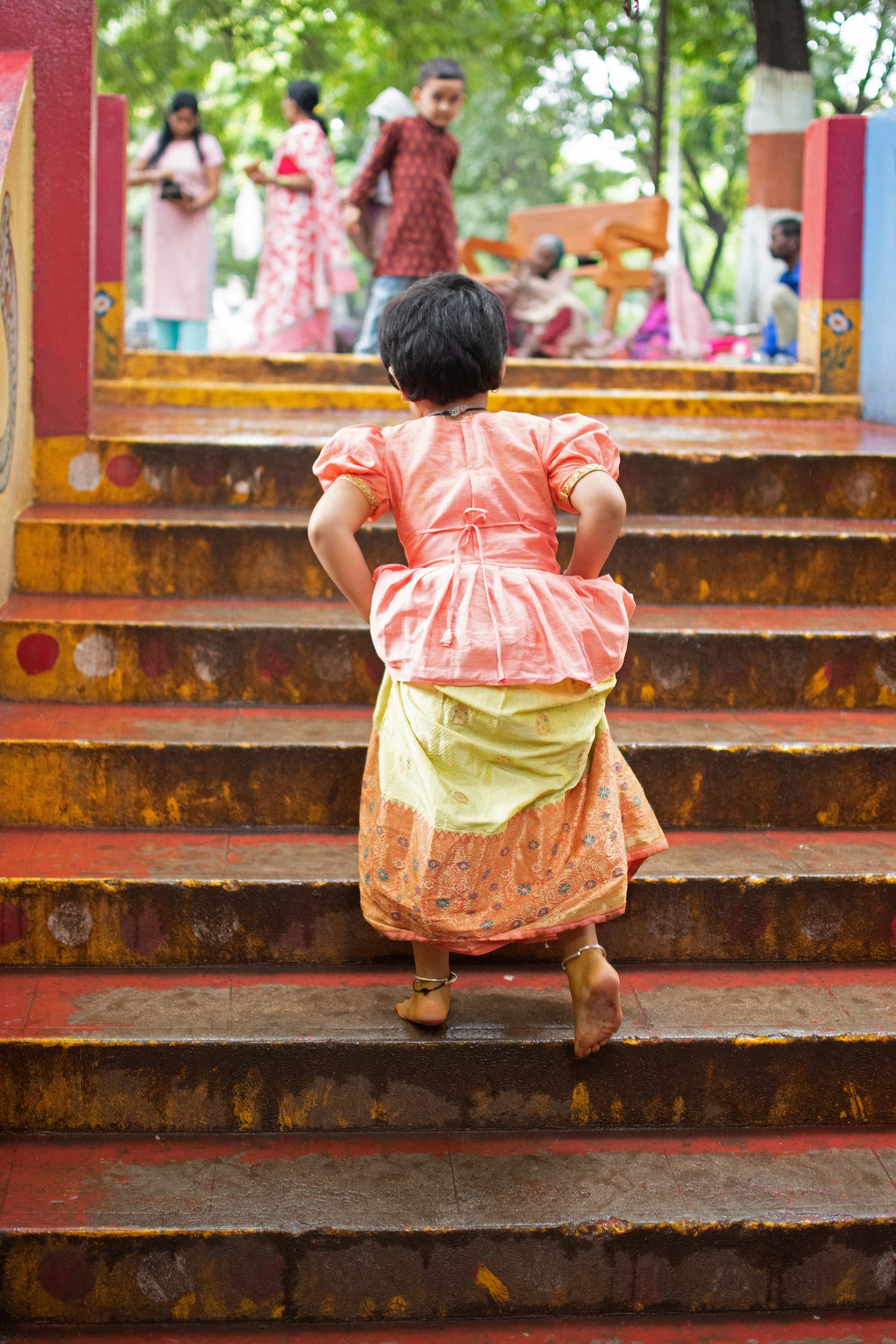Tradition, is derived from the Latin word ‘traditio’ which comes from ‘tradere’ meaning ‘deliver’. A word in frequent usage. But have we used it to its full capacity, when we concentrate the meaning with old, when associate style with generations maybe subconsciously. My fear is that we should not die thinking and believing that. Traditions must be evolving, to be kept alive.
MOONSCAPES
India is the second largest producer of silk after China in the world at present, distinctively producing all the four types of silk namely: Mulberry silk, Tusser silk, Eri silk and Muga silk. Muga is exclusively produced in Assam, and Eri silk is also known as Ahimsa silk as it is produced without harming or killing the silk worms.
While North-east region of India contributes to the 18% of total silk production, Mulberry sericulture is widely practised in South Indian states of Andhra Pradesh, Karnataka and Tamil Nadu. To test the authenticity of any silk, we know that burning a strand won’t leave any residue, will burn into ash.
Dharmavaram town, located 47 kms from Anantpur in Andhra Pradesh, has been named after ‘Dharmamba’, the mother of Shree Kriyashakti Odeyar who constructed the ‘Dharmavaram tank’. It is known worldwide for its cotton and silk weaving and Dharmavaram silk sarees have received GI recognition from the state of Andhra Pradesh. ‘Padmasalis’ are the Hindu caste of a wider community of Telugu weavers. Before the British advent in India, they had developed exclusive cloth weaving and marketing skills and emerged as a leading cottage industry of India at that time. At present, many people of this community employed in fields different than their ancestral occupation.
The development of silk weaving in this area is due to the abundance of Mulberry trees which led to an obvious choice of silk production for the people. Dharmavaram sarees are handmade by the method of interlocked weft method and Jacuard weaving of intricate motifs by application of punched cards. The motifs which we observe traditionally are inspired from nature like peacock, deers, elephants and lotuses, and from sculptures of temples at Lepakshi( the evidence of Dharmavaram sarees can be found in the roof wall paintings of this temple) and Tadiapatri. The general construction used by the weavers is the Border and Body technique. The use of Zari in these is such that the combination of Zari border and solid colored or muted double-shade silk body embellished with brocade butis produces sarees which are a must have for weddings and festivities.
Nowadays, due to the extended market and variegated demand, the production has also evolved leading to the introduction of wide range of colors, increased variety of products and addition to the design by surface embellishment techniques. However the weavers and handloom industry have been facing a big competition from the power loom which gives a faster and cheaper production. A majority of weavers do production on orders by wholesalers and retailers, who also supply them with the raw materials. Even after six months of pandemic, the Silk Cocoon market had been closed and supply of raw silk from Mysore and Bangalore nearly stopped, which eventually worsened the whole situation. Thus sustainability of these rich crafts is a question when the craftsperson are struggling for a regular income and an insured growth.
Dharmavaram weaver creates Rama Koti on a silk cloth
MOONSHOTS
One of the prominent distinctive feature of a South Indian landscape is probably is a temple being visited by young girls in their vibrant and brocaded silks- Pattu half sarees or Langa voni( as traditionally called). It is silk.
It is the feeling of rarity, and of collecting as much as possible, when you know what you see can’t be captured.
The tradition of rubbing turmeric on feet before going to temple. The anklets on them. The beautiful gold ornates and the swift option of holding the skirt to prevent mud, everything with a child’s attempt to be a perfectionist.
Yes I can tell a tale. But how to make you see it. How to show you the cloud-clearing skies of Chopta? How to show you the dreamy land of crescent moon, clouds and citylights in three layers, visible from an aircraft? How to show you the glistening eyes of a pup when I toyed with it in the morning light.
All that I couldn’t capture.
This is me for now.
Punam





Dearest Punam, again a very informative article about Dharmavaram saree.Ethical beauty, weaving patterns of thought and creation, all details you provided with good intro. Beautifully written, well captured pics all makes this a bank of information and k knowledge.
keep it up. Best wishes.